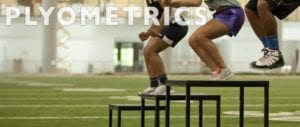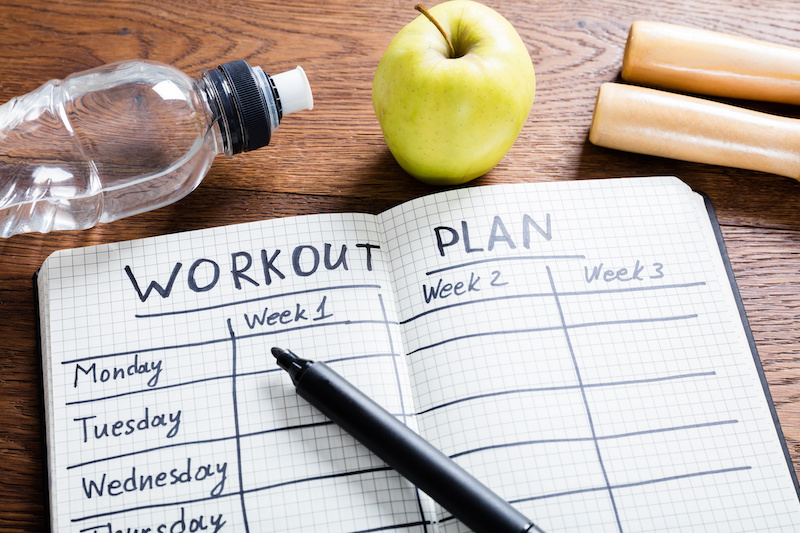Written By Elsie Velazquez
If you can remember the fun you had as a kid, hopping, skipping, and jumping around then perhaps you should consider adding plyometric moves to your workout routine. Plyometrics (also known as “plyos”) was once known as “jump training.” Plyometrics are mainly used to help train for sports such as basketball, volleyball, tennis, or any other activity that uses explosive movements. A few examples of plyometric movements are jumps and hops such as jump squats or one-leg hops. You can use a bench to jump onto or jump might jump up and onto a box or bench, or jump over cones. You can alternate between fast movements and slower movements. The jumping action stretches your muscles every time you land which makes your next jump more explosive. The combination of stretching and contracting is what gets your muscles into shape! Plyometric moves should not be done everyday because of the impact they have on your muscles and joints. Also, if you are new to training I recommend you start with a basic program before “jumping in” to a plyometric routine.
I recommend working with a trainer at Prescription Fitness before trying on your own to avoid injury.
Here are a few reasons I suggest incorporating plyometrics into your training routine:
• Enhanced performance
• Increased muscle power especially fast-twitch muscle fibers
• Increases the strength of tendons • Increased calorie burn
• Increased endurance
• No fancy equipment needed
• Fun and energetic alternative to everyday strength training
• Boosts balance and agility
Below are some of my favorite plyometric moves:
Lower Body: • Box jumps • Squat jumps • Power skips • Switch lunges • Tuck jumps • Single leg hops
Upper Body: • Plyometric push-ups • Multi-level push-ups • Ball slams • Rotational ball throws
Hope this information helps get you motivated to “jump-start” your plyometric training routine!

Click on a Subject to Learn More



